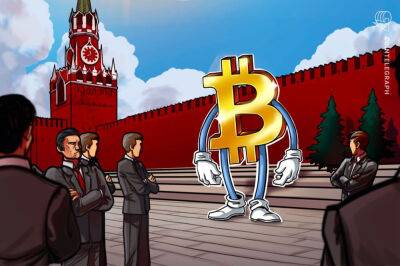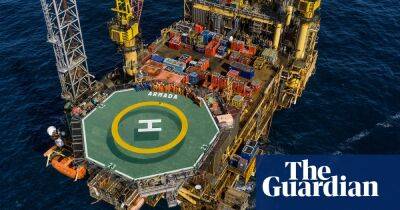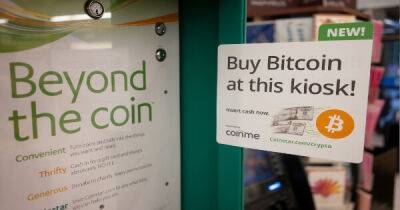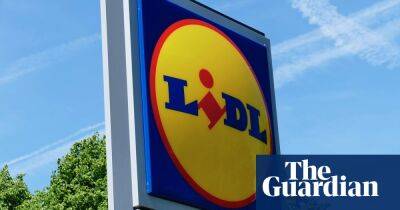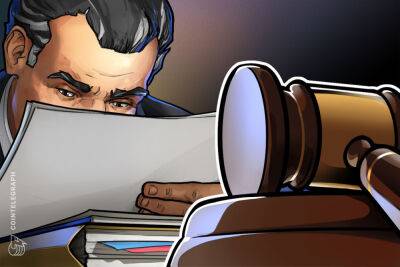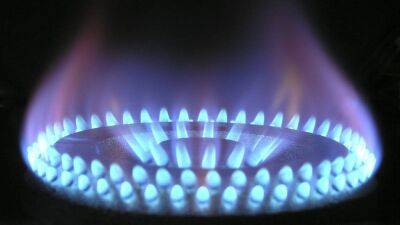Eurozone inflation hits record high of 8.9% as energy prices soar
Inflation in the eurozone reached a record high of 8.9% this month, closing the gap with the UK’s 9.4% rate.
Dearer energy was blamed for the lion’s share of the increase from 8.6% in June, as the fallout from the Russian invasion of Ukraine continues to hammer European economies.
The intensifying cost of living crisis across the continent, shown in a flash estimate, came as the eurozone economy grew at a much faster pace than expected in the past three months.
Beating forecasts of a 0.2% increase in the second quarter, the 19-member currency bloc achieved GDP growth of 0.7% led by France, Italy and Spain.
However, analysts said the recent recovery was likely to evaporate as higher prices, reduced flows of Russian gas and supply chain problems caused a mild recession in the second half of the year, in the wake of a downturn already affecting the US.
France, Italy and Spain, which are credited with partially controlling domestic energy costs to minimise the impact of the cost of living squeeze, boasted the highest growth. They also benefited from a return of tourism and the reopening of businesses after pandemic lockdowns.
France rebounded from its 0.2% contraction in the first quarter to growth of 0.5% in the latest period, while Italy grew by 1% and Spain by 1.1%. In Germany, where manufacturing has been hit by surging energy prices and faltering Chinese demand, growth stagnated.
Azad Zangana, a senior European economist at Schroders, said the disappointment in Germany was understandable, though “it is worth noting that German GDP growth for the first quarter was revised up from 0.2% to 0.8%, with the underperformance compared to the previous data consequently being not as bad as it appears.”
Bert Colijn, a senior eurozone
Read more on theguardian.com



